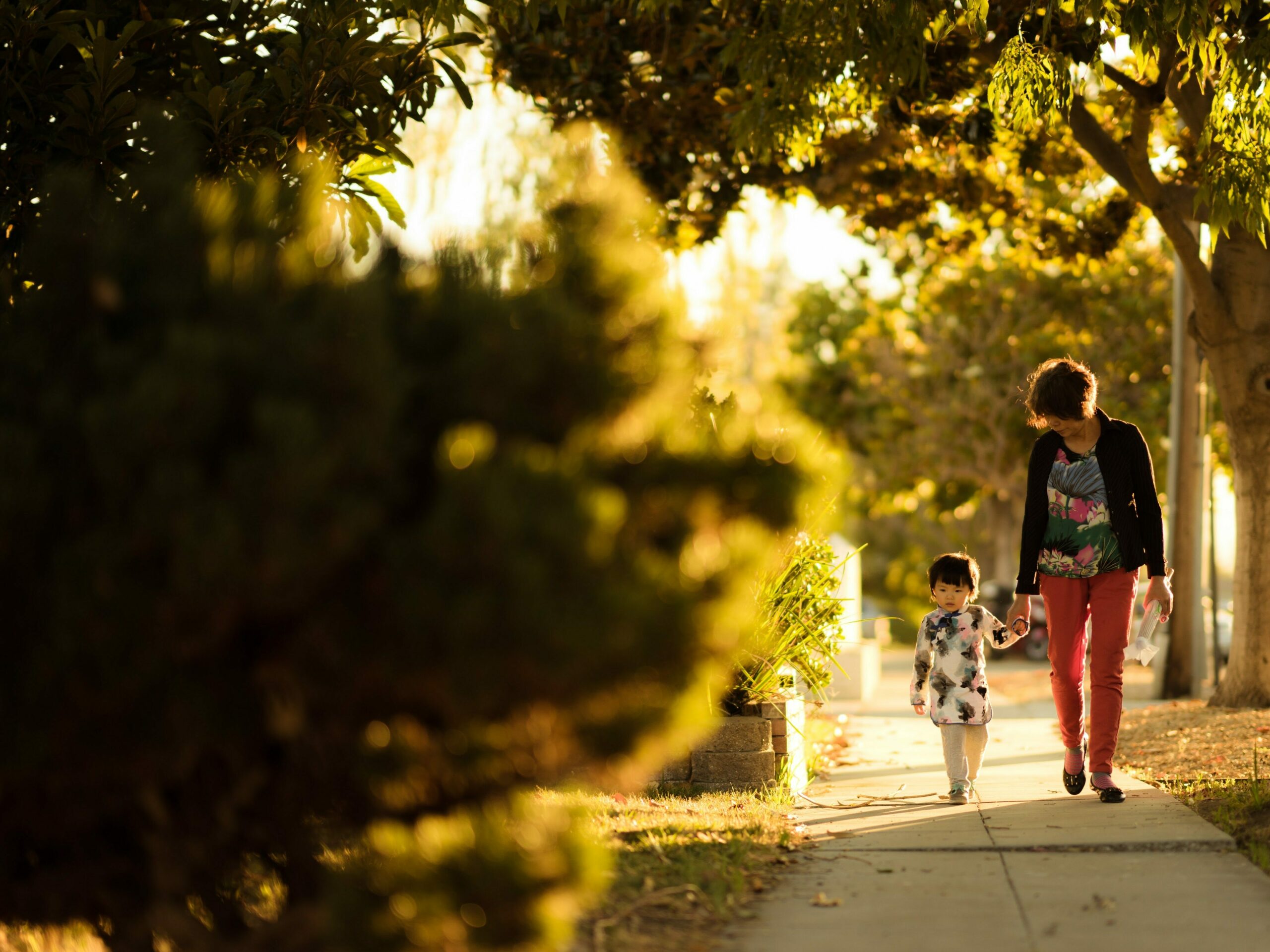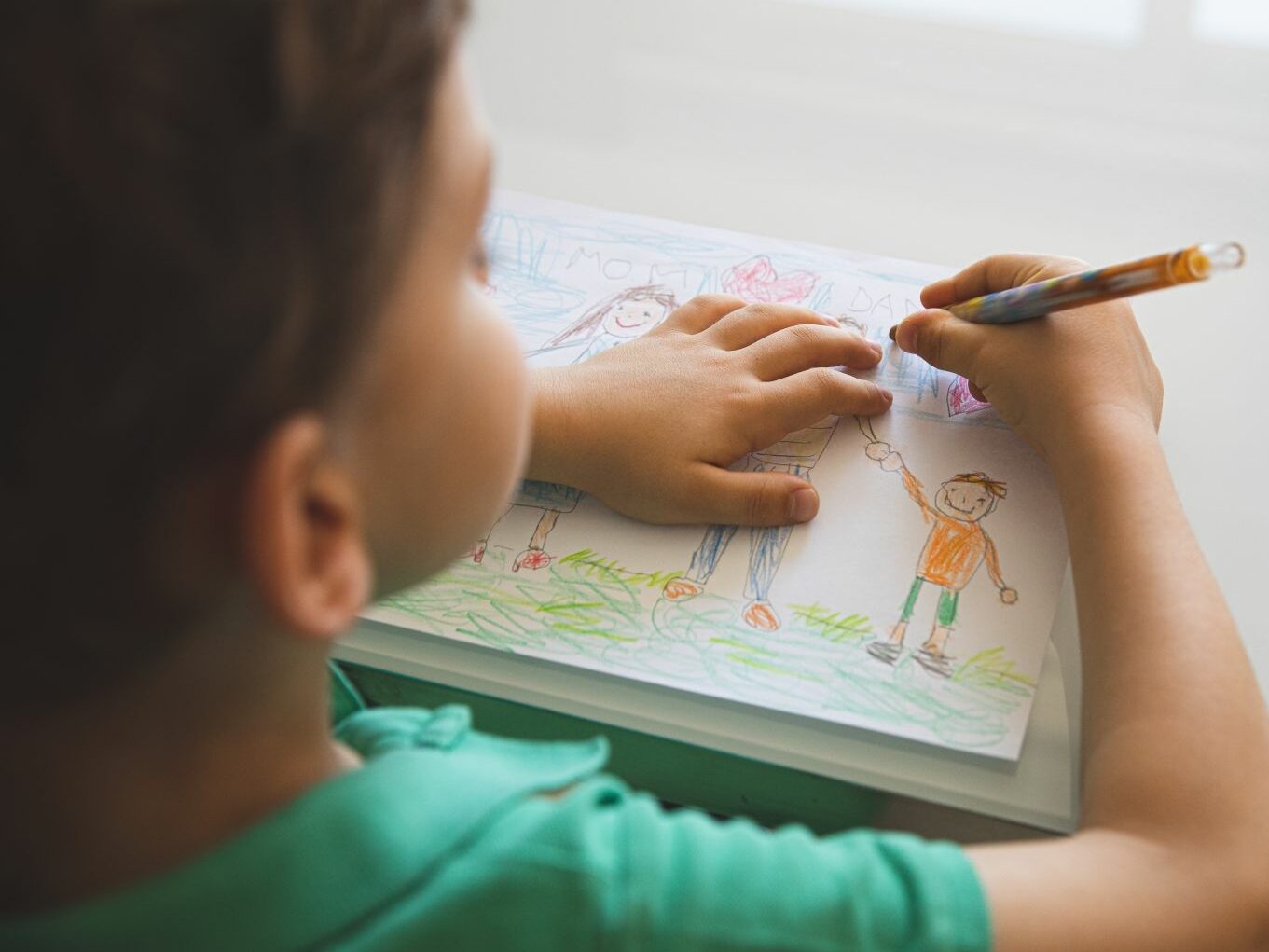Children at Funerals
Children process grief in a different way to adults – some might be very upset, some might act oblivious, and both of these reactions are ok. Every child is different. Some parents worry that their child will feel too overwhelmed attending the service and would prefer that they don’t attend, which is understandable. For others, they want their child to attend to be able to say goodbye.
How to involve children in the funeral service
Grieving children can be helped by being included in the planning of memorial ceremonies and taking part. Children shouldn’t be forced to get involved in these ceremonies but encouraged to do as much as they feel comfortable with. These occasions are a time to symbolically say goodbye and can help children (and adults) to remember loved ones. Being involved can also help children to accept that a loved one is no longer here.
Encouraging them to draw pictures, place flowers or write stories for or about their loved one is healing. These may be placed with their loved one as a “special gift” from them. Allowing them to stand with their family members during eulogies or readings is a way of including them in the ceremonies. Children can be creative and resilient. They might surprise you positively with their views on death and their ideas on how to be involved.
How to prepare children for a funeral
You might want to spend some time preparing your children for the experience to describe what the service might be like and what might happen. Here are a few tips on how this could look:
- Ask your child if they would like to go – giving them the option helps them feel part of the decision-making process.
- Be prepared to answer their questions. Make time to fully answer them in plain age-appropriate language to make sure they understand.
- Avoid euphemisms. Children tend to take things literally so words like, “he’s gone to sleep,” or “she went on a journey” might result in more confusion and fear.
- Make sure that your child understands that the body has stopped working, that it doesn’t need food or air and that it cannot feel any pain.
- Describe what will happen before, during and after the service.
- You might want to say that people will be wearing darker clothes and they might be visibly upset.
- There might be a chance to say goodbye to your loved one.
- Let their schools know so that they can help support your child to try and make the grieving process easier at school.
- Offer your child plenty of reassurance, let them know that they can change their mind at any time and occasionally check that they’re happy with the decision they’ve made.
Visiting a dying relative
If you are comfortable with it, let children see their loved ones during the dying phase and after death. This helps them process the transition from life to death. Being with their loved one in death reinforces to them that death is natural, not scary and lets them see for themselves the peace that surrounds their loved one in death. It allows them to witness, express and share the raw grief that is a part of this time.
Alternative ways for children to say goodbye
If you prefer that your children do not attend the funeral, here are some ideas for other ways they can say goodbye:
- Visiting the grave or memorial site
- Lighting a candle
- Create a book of remembrance together
- Draw a picture or write a poem.
Support for grieving children and caregivers
- Support services for grieving children
- Resources to help caregivers understand how children grieve and for help explaining death to children.




